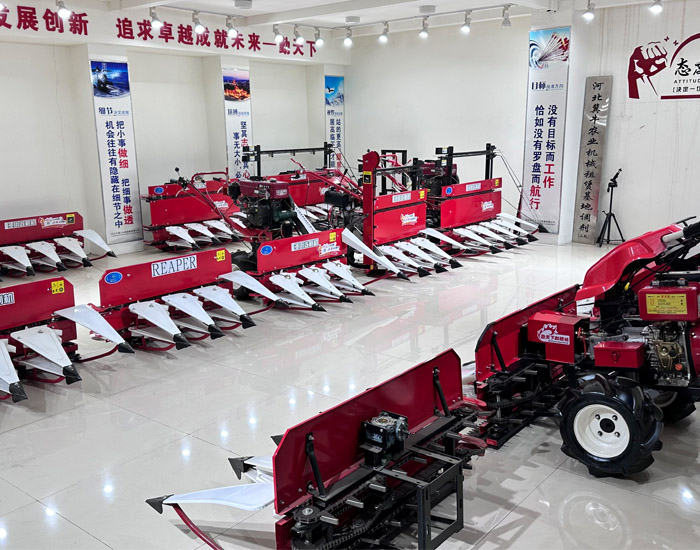maize harvester
The Evolution of Maize Harvesters Revolutionizing Agriculture
The agricultural landscape has transformed dramatically over the years, and one of the most significant advancements in this domain has been the development of maize harvesters. These machines have not only increased efficiency in harvesting maize but have also changed the way farmers approach this essential crop, which is a staple food and a vital component in various industries.
Maize, or corn as it is known in many parts of the world, is one of the most widely produced cereal grains. It plays a pivotal role in global agriculture, serving as a source of food, livestock feed, and biofuel. Traditionally, the harvesting of maize was a labor-intensive process, requiring substantial manual labor and time. Farmers relied on hand-held tools, which, while effective, were not efficient for large-scale production. This led to the necessity for mechanization, paving the way for the development of the modern maize harvester.
The first mechanized harvesters were introduced in the early 20th century. These machines were simple and primarily focused on cutting down the plants and gathering them for further processing. However, as technology progressed, so did the design and functionality of maize harvesters. Today’s models are sophisticated machines equipped with advanced technology that allows for precision and efficiency in harvesting.
Modern maize harvesters come with a range of features that cater to the needs of farmers. Most notably, they incorporate technologies such as GPS and automated steering systems, which enhance accuracy during the harvesting process. These features enable farmers to maximize their yields while minimizing waste. The importance of these advancements cannot be overstated, especially in a world where food security is a pressing issue.
maize harvester

One of the most significant benefits of using maize harvesters is the speed at which they can operate. With the ability to harvest large fields in a fraction of the time it would take to do so manually, farmers can focus on other critical aspects of their operations, such as crop planning and soil management. Moreover, reducing the time spent on harvesting minimizes the risk of crop loss due to weather conditions, thereby ensuring better yield stability.
Additionally, modern maize harvesters are designed with operator comfort and safety in mind. Many models feature ergonomic designs, improved visibility, and innovative control systems that reduce the physical strain on the operator. This focus on ergonomics contributes to enhanced productivity and less fatigue, which is vital during peak harvest seasons.
However, the importance of maize harvesters extends beyond just individual farms; they have a broader economic impact. Mechanization in farming has been linked to increased productivity, which, in turn, supports local economies and contributes to food security at national and global levels.
In conclusion, maize harvesters represent a significant advancement in agricultural technology. By increasing efficiency, reducing labor costs, and improving safety and comfort for operators, these machines have revolutionized the way maize is harvested. As the agricultural sector continues to evolve, it will be interesting to see how further innovations in maize harvesting technology will continue to support sustainable farming practices and address the challenges posed by a growing global population. The future of agriculture is undoubtedly intertwined with the advancements in machinery, and maize harvesters are at the forefront of this evolution.
Latest news
-
Mini Combine Harvester for Soybean | Compact & Efficient Soybean Harvesting SolutionsNewsNov.24,2025
-
Mini Combine Harvester for Paddy – Compact, Efficient Rice Harvesting SolutionsNewsNov.24,2025
-
Mini Chain Harvester: Compact Forestry Solutions for Sustainable LoggingNewsNov.23,2025
-
Kartar Mini Harvester – Compact, Efficient Harvesting Machinery for Small FarmsNewsNov.23,2025
-
Compact Power: Elevate Your Farming with Harvesting Machine SmallNewsNov.22,2025
-
Discover the Power and Potential of Harvester Mini Combine Machines | Efficient Small-Scale HarvestingNewsNov.22,2025








